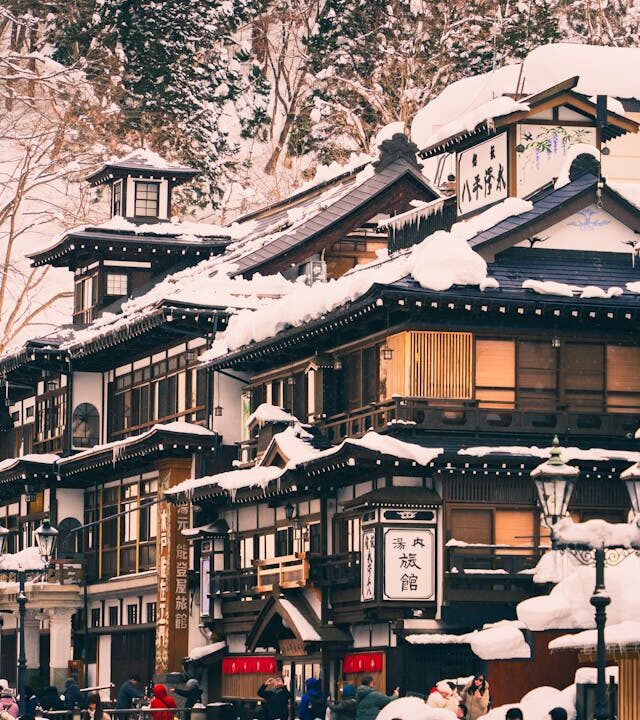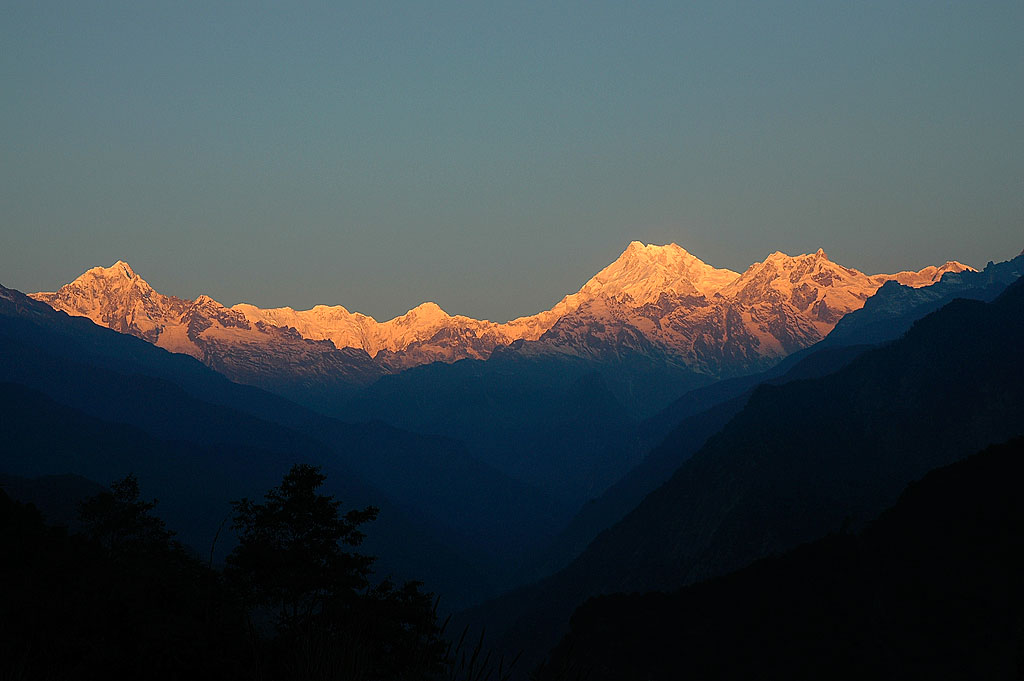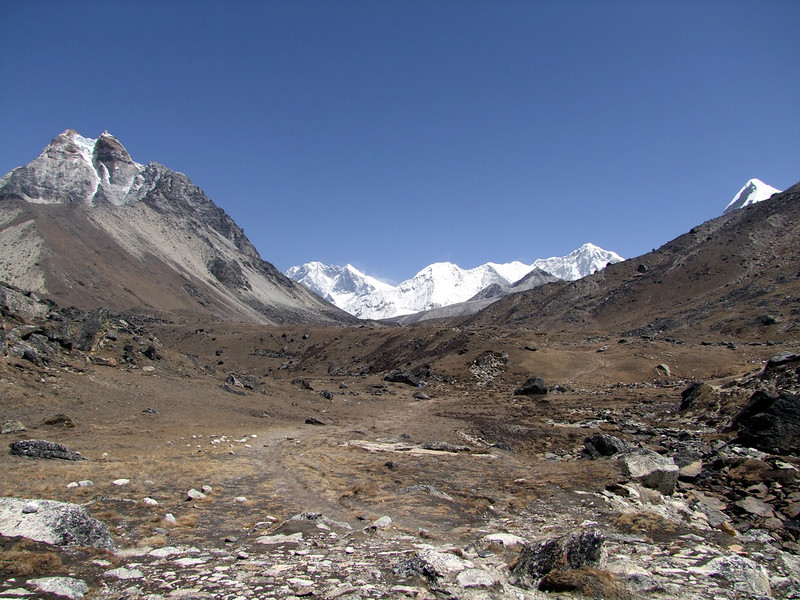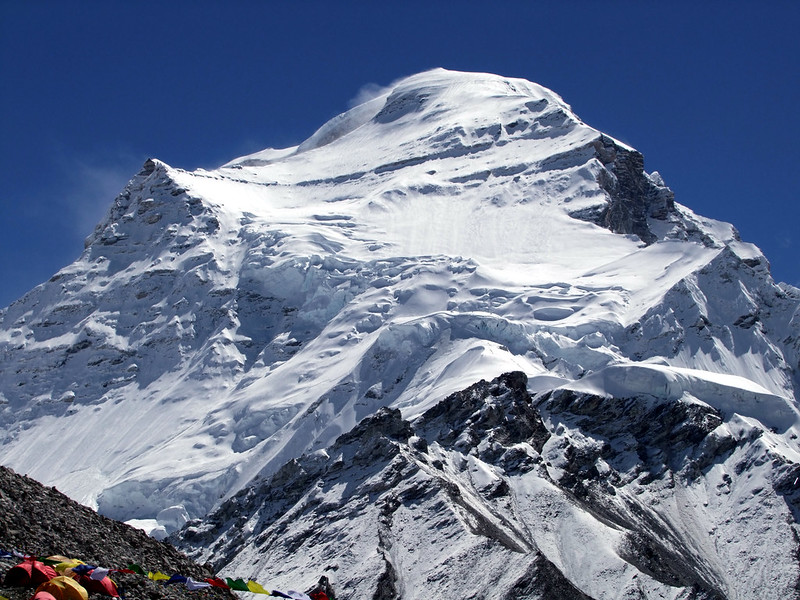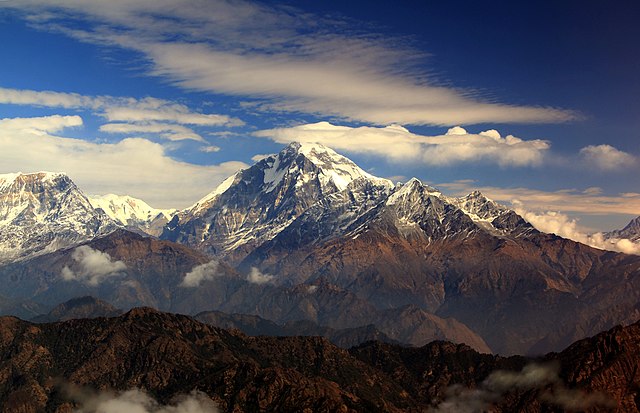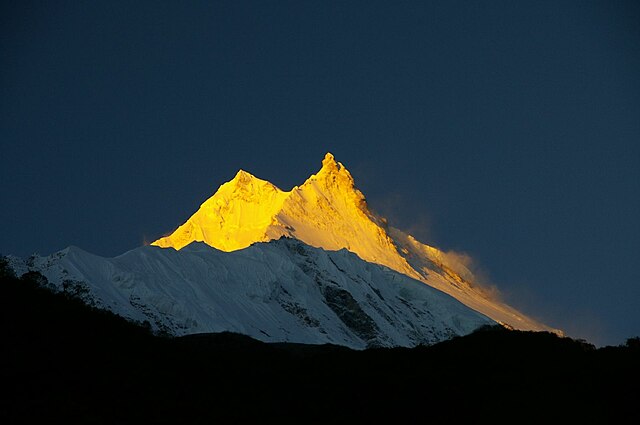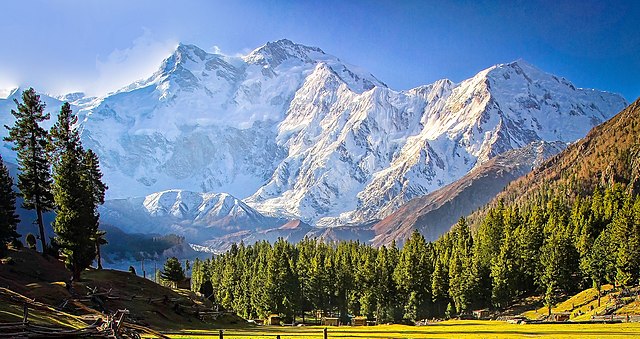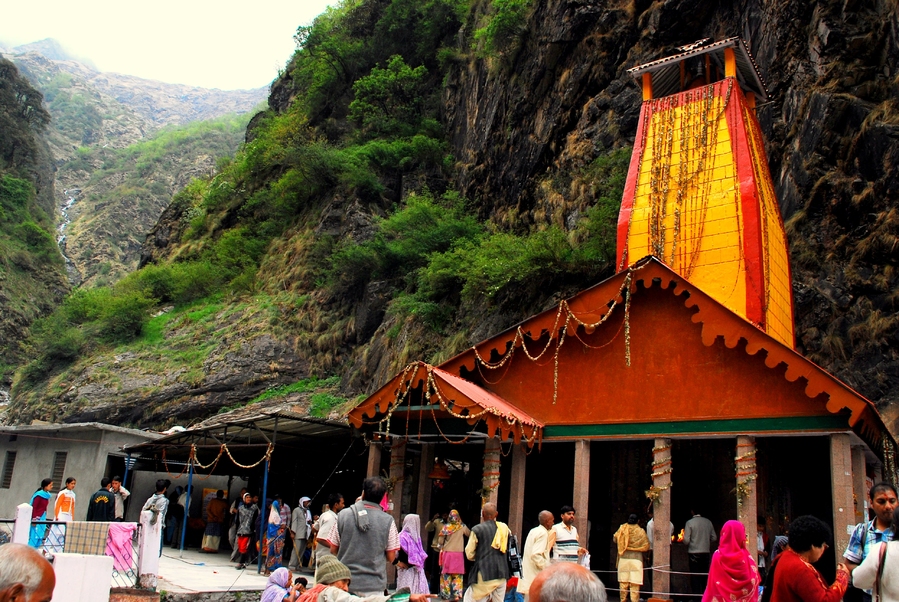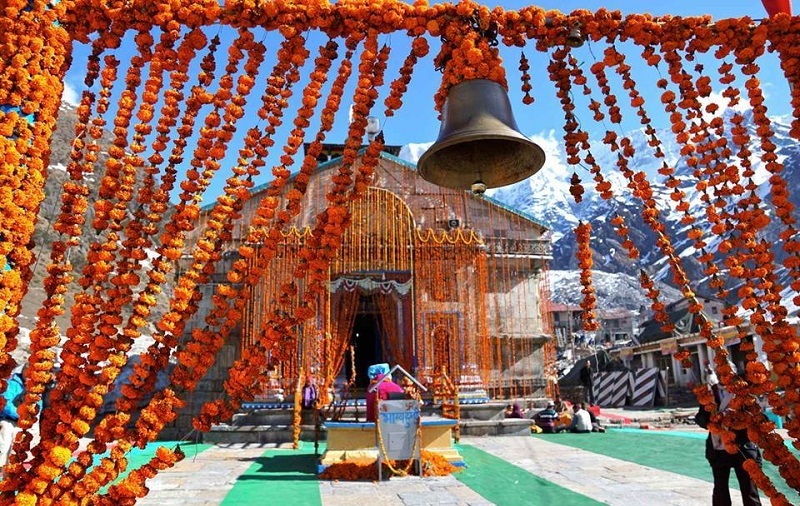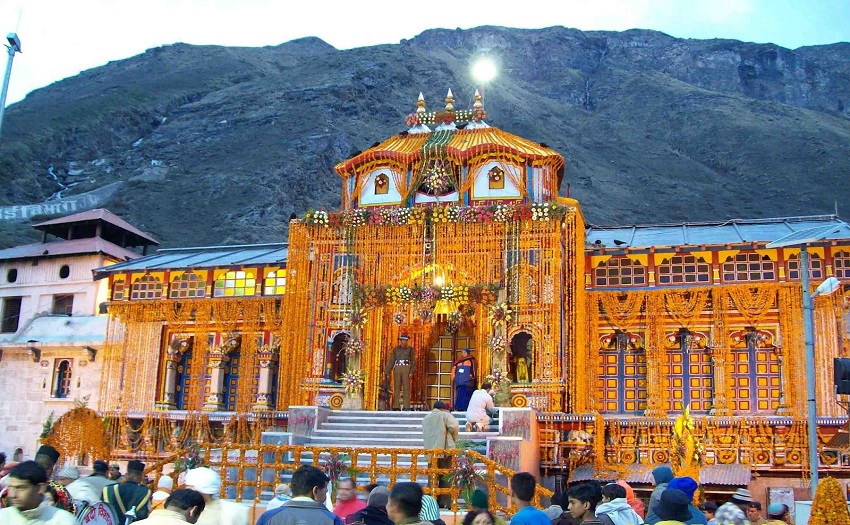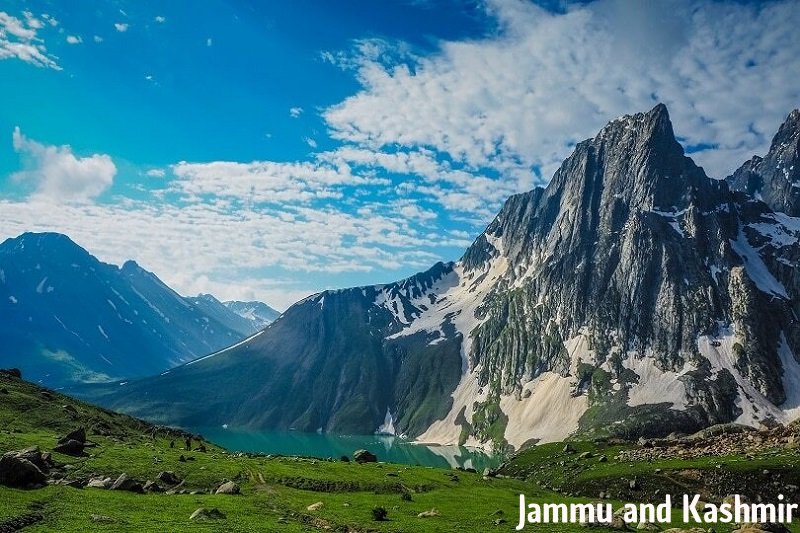FlixBus India street food journeys begin not just with spice or silence, but sometimes with a bus ticket and a craving for aloo tikki.
India’s streets don’t just hum with traffic—they sing with the sizzle of dosas, the clink of kulhad chai, and the smoky swirl of kebabs. For those of us who chase flavors across cities, the launch of FlixBus India is more than a travel update—it’s a poetic detour. It’s mobility with meaning.
This post continues the flavor trails we began in our Same cities, Different Pulse: street food and metro diaries unfold, mapping my favorite FlixBus India street food routes—where the road is as delicious as the destination.
Why FlixBus India Street Food Trails Matter
Street food is India’s heartbeat. From the tang of pani puri to the sweetness of jalebi, every city tells its story through flavors. But to truly savor them, you need a way to move—affordably, comfortably, and without friction. That’s where FlixBus India steps in.
Globally, FlixBus connects 40+ countries with 450,000 daily routes. Now, in India, it’s not just a bus—it’s a bridge between cravings. For food explorers, this means spontaneous detours, weekend getaways, and culinary pilgrimages are suddenly within reach.
Top Routes for FlixBus India Street Food Lovers
These city pairs aren’t just well-connected—they’re flavor-linked. Each route carries a story, a spice, and a memory.
FlixBus India street food journeys connect flavors and cities, from Mumbai’s vada pav to Indore’s poha jalebi.
Mumbai to Indore: Vada Pav to Poha Jalebi

Mumbai’s vada pav is more than a snack—it’s the heartbeat of a city always in motion. Bite into one at Dadar station and you taste Mumbai’s pulse: fiery chutney, soft pav, and the rush of a metropolis that never pauses.

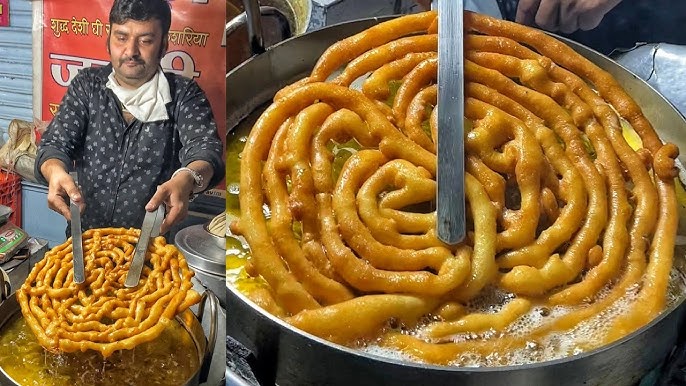
Then board a FlixBus India ride to Indore, a city where mornings begin with poha and jalebi—a pairing as surprising as it is comforting. The bus journey itself becomes a palate cleanser: the Western Ghats giving way to the plains of Madhya Pradesh, conversations with fellow travelers, and the quiet anticipation of Indore’s Sarafa Bazaar waiting at the other end.
From Dadar’s vada pav to Sarafa’s poha jalebi, this route is a recipe. [Book it here.]
Jaipur to Lucknow: Kachori to Kebab

Jaipur greets you with flaky kachoris, dripping with spice and paired with a glass of lassi that cools the desert heat. The Pink City is a feast of contrasts—royal thalis, ghewar sweets, and the earthy comfort of dal baati churma.

Board a FlixBus India ride eastward, and by dawn, you arrive in Lucknow, where the air itself seems perfumed with cardamom and smoke from kebab grills. The city’s galouti kebabs melt at the touch of your tongue, while Awadhi biryani layers rice and meat into poetry.
The overnight journey becomes a flavor bridge: Rajasthan’s bold spice giving way to Awadh’s subtle elegance. Ride the flavor bridge tonight.
Jaipur to Gurugram: Pink City to NCR Plates
Not every food trail needs to be long. Sometimes, the joy is in a quick escape. From Jaipur’s laal maas and ghewar, hop on a FlixBus India ride to Gurugram, a city where food courts hum with global flavors and street corners serve steaming momos.

The five‑hour ride is perfect for a weekend getaway: enough time to watch the Aravalli hills roll past, yet short enough to arrive hungry. Gurugram’s cosmopolitan plates—ranging from North‑Eastern thukpa to Delhi‑style chaats—make it a natural extension of your Jaipur journey.
Turn hunger into a weekend plan.
FlixBus India Promotions for Street Food Explorers
Just as street food stalls surprise you with new twists, FlixBus India surprises you with seasonal promotions and discounts. From Diwali getaways to winter food trails, there’s always a deal to catch.
These offers aren’t just about saving money—they’re about enabling more stories, more bites, and more spontaneous detours.
Current Offer: ₹199 rides on select routes this week. Check availability
How FlixBus India Enhances the Street Food Diaries Arc
For me, FlixBus isn’t just a partner—it’s a character in the story.
- Affordable: More budget for food, less spent on travel
- Comfortable: Reclining seats, clean restrooms, onboard Wi-Fi
- Connected: Routes that mirror India’s culinary map
- Narrative Fit: FlixBus becomes the silent enabler of flavor-led journeys
Final Bite: FlixBus India Street Food Is a Journey Worth Taking
“Every bite has a backstory. Every journey, a flavor. And sometimes, the road itself is the recipe.”
Whether you’re chasing chaat in Chandni Chowk or kebabs in Lucknow, FlixBus India lets you travel with ease, emotion, and intention. It’s not just about where you’re going—it’s about how you get there, and what you taste along the way.
Every bus ticket is more than a seat — it’s a story.
From Mumbai’s vada pav mornings to Indore’s poha‑jalebi pairings, from Jaipur’s flaky kachoris to Lucknow’s smoky kebabs, and finally Gurugram’s restless stalls, each stop has been a flavor‑marked milestone.
FlixBus India doesn’t just connect cities; it connects cravings, memories, and the poetry of the road. For me, these routes are not only about reaching a destination but about savoring the detours that make the journey unforgettable.
This chapter continues the arc we began in our trilogy bridge, where Metro Diaries gave way to Street Food Diaries. If you’d like to retrace the handoff, you can revisit it there — and see how every flavor finds its place in the larger story.
Which city’s street food would you ride a bus for?
Share your answer below — because the journey is always richer when it’s shared.
Beige and Brown Minimalist Aesthetic FAQs Product Post by Kash Pals



